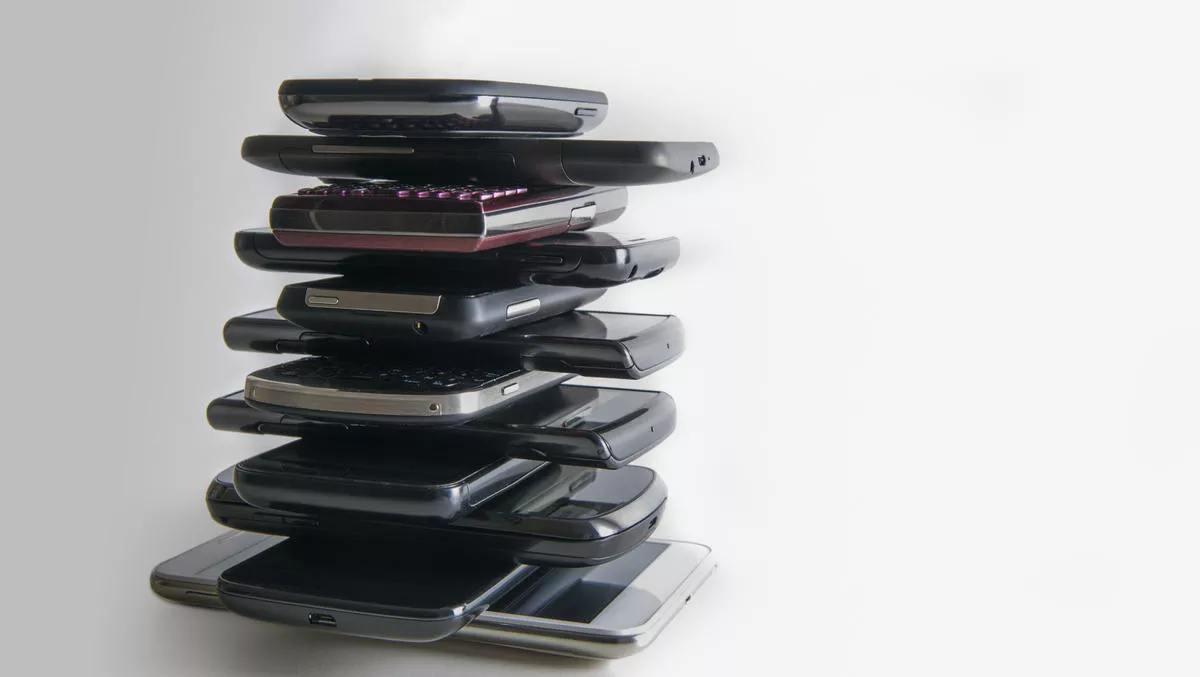
Xiaomi enters top three for first time as smartphone market picks up in Q320
Worldwide smartphone shipments reached 348.0 million units in the third quarter of 2020, at a 1% decline year on year, accorfding to Canalys. But they were up 22% on the previous quarter.
Samsung regained the lead, up 2% to 80.2 million units. Huawei slipped into second place with a 23% fall to 51.7 million units. Xiaomi took third place for the first time, reaching 47.1 million units with 45% growth. Apple, which had no flagship iPhone launch in September, shipped 43.2 million, down 1%, while Vivo completed the top five, shipping 31.8 million units. Oppo came sixth, with 31.1 million units, while its sister brand Realme moved into seventh, its highest ever position, with 15.1 million units. Lenovo reported 10.2 million units, as it finally caught up with orders delayed due to disruption at its Wuhan factory, and Transsion shipped 8.4 million units as recovery started in its key African markets.
"Xiaomi executed with aggression to seize shipments from Huawei," says Mo Jia, analyst.
"There was symmetry in Q3, as Xiaomi added 14.5 million units and Huawei lost 15.1 million. In Europe, a key battleground, Huawei's shipments fell 25%, while Xiaomi's grew 88%. Xiaomi took a risk setting high production targets, but this move paid off when it was able to fill channels in Q3 with high-volume devices, such as the Redmi 9 series.
"The vendor invested to bring in local expertise to gain the trust of distributors and carriers," Jia says.
"But it still faces competition from Oppo and Vivo, which have grown to cover a wide range of price bands in Southeast Asia, and are now driving into Europe too, where they are positioning as more premium options for carriers, and risk trapping Xiaomi at the low end. Realme is also becoming a serious contender, growing beyond eCommerce, and threatens to undercut Xiaomi as it transforms its go-to-market strategy.
Canalys analyst Shengtao Jin says Samsung suffered in Q2 due to its dependence on offline retail, but Q3 saw a major recovery.
"Its momentum was fuelled by three key factors. Firstly, in many regions it saw pent-up demand from Q2 spill over into Q3. Secondly, it regained second place in India, as its Korean brand was shielded from anti-Chinese sentiment," Jin says.
"Thirdly, Samsung ramped up its launches of low-to-mid-range devices, and introduced other incentives, such as discounts and free online deliveries, to stimulate demand. Samsung is now positioning for more online sales as it launches exclusive online devices, such as the Galaxy F series for Flipkart. Despite its momentum, Samsung's oversized portfolio is still the biggest pain point for the channel, which is reluctant to hand it more power.
Ben Stanton, senior analyst, added that this quarter was a welcome relief, with few restrictions on businesses and citizens between July and September.
"But the ramifications of the first-half lockdowns still persist. Offline channels, for example, are being increasingly pared back, amid store closures and staff redundancies, and vendors now have to compete harder to attain floorspace," he says.
"Limited supply of 4G chipsets will cause supply chain bottlenecks and increase production costs. Additionally, rising COVID-19 rates in regions such as Europe will soon force governments to bring back stricter nationwide measures.
"The second wave will stretch government stimulus budgets, and cause widespread bankruptcies and job losses in affected areas. Unfortunately, the relief of Q3 looks set to be short-lived.


